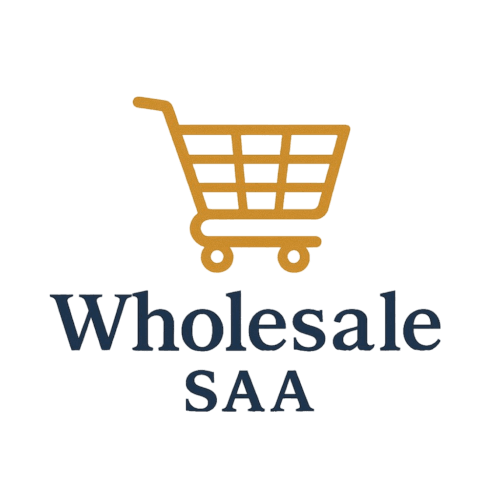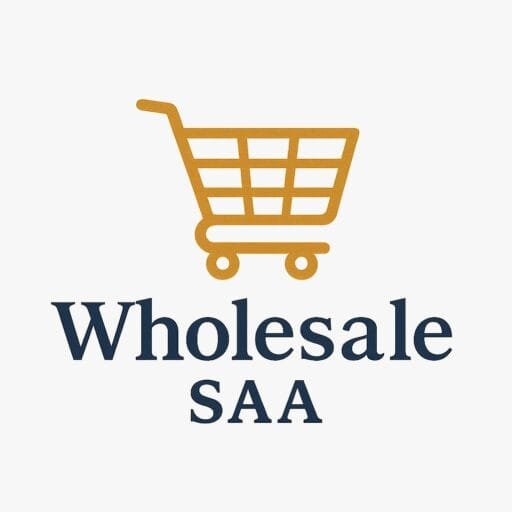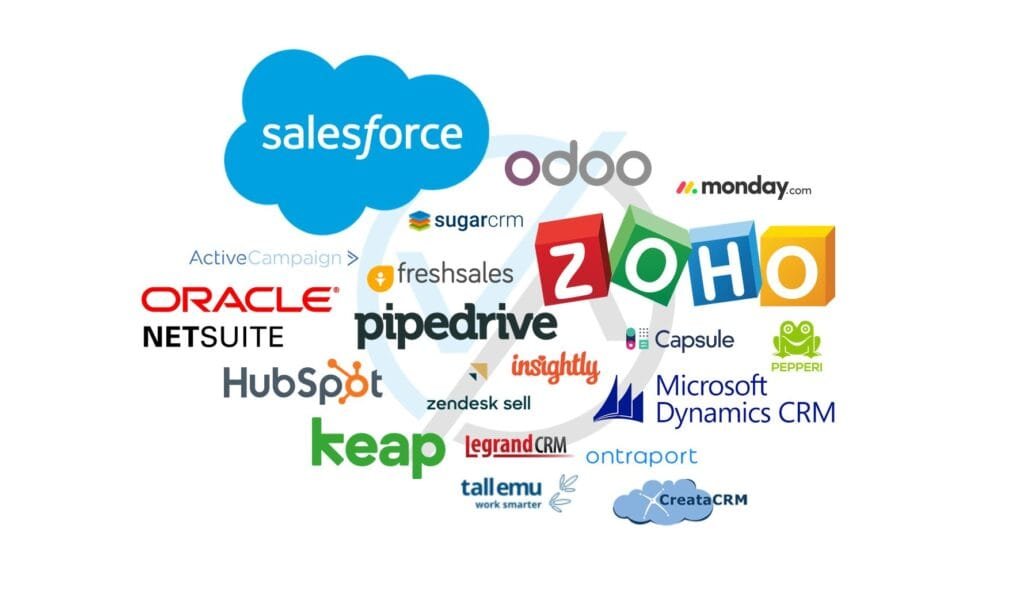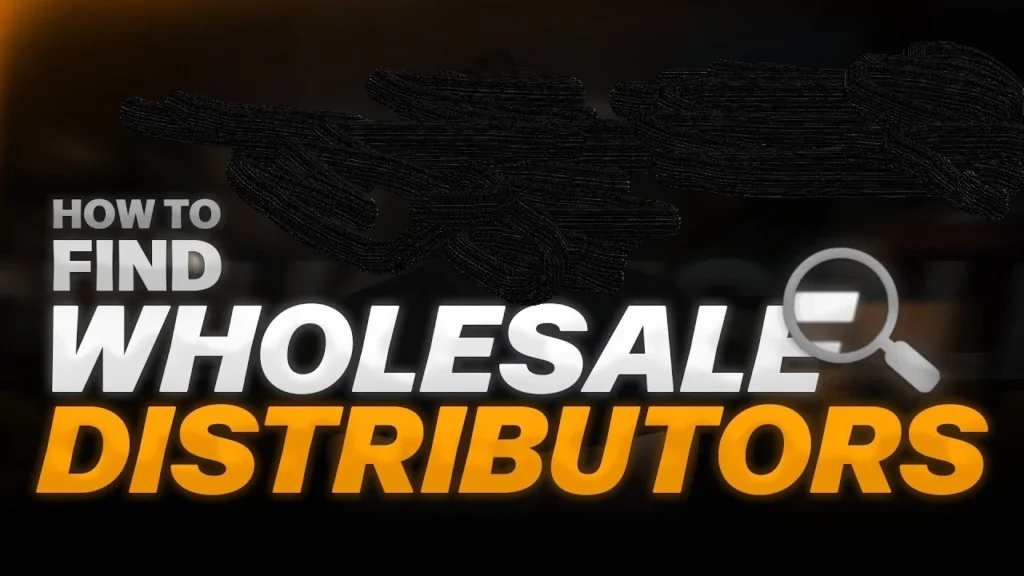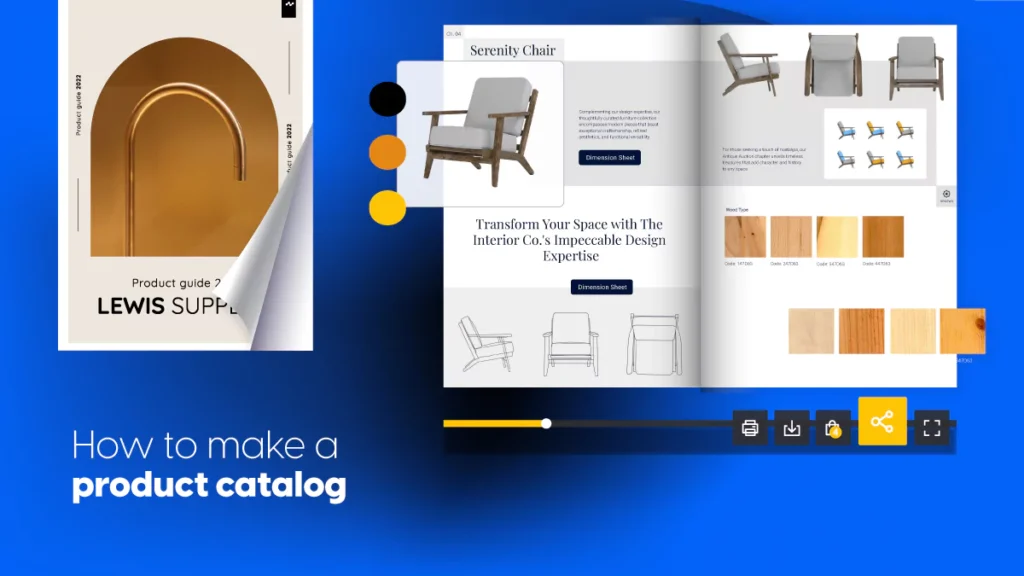The digital first world in this modern times, is undergoing a wholesale commerce transformation, whereby Traditional methods, such as trade shows, cold calling, or B2B catalogs, are still valuable, but they’re no longer enough to compete in a crowded, data-driven marketplace. Modern buyers research online before contacting suppliers, compare options through search engines, and rely heavily on digital signals to decide whom to trust.
That’s where Search Engine Optimization (SEO) comes in. When implemented thoughtfully, SEO can drive highly qualified traffic to your website, build long-term brand authority, and convert visitors into wholesale leads and buyers. Yet, many wholesalers still overlook SEO or treat it as a quick fix rather than a long-term strategy.
In this in-depth objective guide, we’ll cover everything you need to know about how to market your wholesale business with SEO in 2025 and beyond. Whether you’re a new distributor, an established importer, or an online-only wholesaler, you’ll learn actionable strategies, practical tools, and proven techniques to attract and convert B2B customers.
Why SEO Matters for Wholesale Businesses
Before diving into strategies, it helps that we understand why SEO is crucial for wholesalers:
B2B buyers search online first. Studies show that 71% of B2B buyers begin with a generic search.
Organic search often drives the highest ROI. Paid ads can be expensive, while SEO builds equity over time.
Trust and credibility. High rankings signal authority, which is critical in risk-averse B2B markets.
Long sales cycles. SEO nurtures buyers who are researching months before purchase.
Bottom line: If your website doesn’t show up on Google, many buyers won’t even know you exist.
Key Differences: B2B Wholesale SEO vs. B2C SEO
| Aspect | B2C SEO | B2B Wholesale SEO |
|---|---|---|
| Buyer Intent | Quick purchases, impulse buying. | Research-driven, longer buying cycles. |
| Keywords | Short, product-focused | Longer, industry-specific, often including “wholesale”, “bulk”, or “supplier”. |
| Conversion | E-commerce checkout | Lead form submissions, quote requests, and distributor applications. |
| Content | Lifestyle blogs, product reviews. | Industry insights, white papers, case studies. |
| Decision makers | Individual consumers. | Multiple stakeholders: buyers, managers, procurement teams. |
Understanding these nuances helps craft SEO strategies that resonate with wholesale buyers.
Step 1: Find the Right Keywords for Wholesale Success
Effective SEO starts with keyword research. For wholesalers, the goal is to capture searches from potential B2B buyers actively seeking bulk products, suppliers, or private-label solutions.
Tips for wholesale keyword research:
Include wholesale modifiers like:
wholesale supplier
bulk distributor
private label manufacturer
B2B wholesaler
Buy [insert product] in bulk
Add industry-specific terms:
“organic cotton t-shirt wholesale”
“PPE supplier USA”
“vegan skincare private label”
Target buyer intent: Focus on transactional or commercial keywords over purely informational ones.
Use SEO tools:
Google Keyword Planner (free)
SEMrush, Ahrefs, Moz (paid)
Ubersuggest or Answer the Public (for ideas)
Practical Example:
Imagine you sell eco-friendly packaging. Instead of just targeting “packaging,” target:
“biodegradable packaging supplier”
“Compostable food containers wholesale”
“eco-friendly packaging distributor USA”
These keywords align better with wholesale buyer intent.
Step 2: Optimize Your Website Structure
A strong website structure helps Google understand your content and keeps buyers engaged.
Best practices for wholesale sites:
Clear navigation: Use logical menus like:
Home
About Us
Products
Wholesale Program / Become a Distributor
Blog / Resources
ContactDedicated wholesale pages: Don’t bury wholesale info. Create separate pages titled “Wholesale,” “Bulk Orders,” or “Private Label.”
Product categories and filters: Help buyers find what they need, especially if you have many SKUs.
Mobile-friendly design: Over 60% of B2B buyers now research on mobile.
Fast loading speeds: Page speed is a confirmed ranking factor.
Step 3: Create High-Value B2B Content
Content is central to SEO. But in Wholesale, your content must match B2B buyer needs: data-driven, detailed, and actionable.
Types of content that work:
Industry blog posts: Trend analysis, market forecasts, tips for retailers.
Guides: “How to choose a wholesale supplier,” “Private label vs. white label.”
Case studies: Show how your products increased sales or efficiency.
Videos: Product demos, factory tours, testimonials.
Downloadables: Catalogs, spec sheets, price lists (gate these with lead forms).
FAQ pages: Answer common buyer questions about MOQ, shipping, and returns.
Tip: Content doesn’t just build SEO; it helps sales teams nurture leads.
Content Optimization Checklist:
Use primary keywords in:
Title tag (≤60 characters)
Meta description (≤160 characters)
H1 header
First 100 words
Image alt textAdd internal links to related products or pages
Format content for readability: bullet points, headings, tables
Include calls-to-action (CTAs): “Request a quote,” “Download our wholesale catalog.”
Step 4: Build Backlinks from Reputable Sources
Backlinks are links from other sites to yours. They remain a top-ranking factor and act as votes of trust.
How wholesalers can earn backlinks:
Industry directories: List in B2B directories like ThomasNet, Wholesale Central, or Kompass
Guest blogging: Write articles for trade publications or niche blogs
Partner features: Ask retail clients or vendors to link back
Trade associations: Many link to member websites
Press releases: Announce new product lines, partnerships, or certifications
Tip: Focus on quality, not quantity. A single backlink from a respected trade site is worth more than dozens from low-quality blogs.
Step 5: Optimize Product and Category Pages
If you sell online or display products, each page is a chance to rank.
Optimize by:
Using keyword-rich product names:
Instead of “Style 1234,” use “Organic Cotton Baby Onesie Wholesale.”Writing unique, detailed descriptions:
Include specs, materials, uses, and compliance infoAdding schema markup:
Helps Google show rich snippets (e.g., price, availability)Including “wholesale” or “bulk” in relevant URLs:
e.g., yoursite.com/wholesale-eco-bags
Step 6: Local SEO (Even for Global Wholesalers)
Local SEO isn’t just for small shops. Many wholesale buyers prefer local suppliers for faster shipping and compliance.
Action plan:
Create a Google Business Profile
Add your location to the website footer
Use keywords like “wholesale supplier in [City/State]”
Encourage B2B clients to leave reviews on Google
Step 7: Combine SEO with Other Marketing Channels
SEO is powerful, but it works best with:
Paid search (PPC): Target niche keywords with lower volume but high intent
Social media: Share blog posts, product launches, and behind-the-scenes content
Email marketing: Use content to nurture leads captured via SEO
Trade shows: Feature SEO-driven content on banners or QR codes
Tip: Use analytics to track which channels drive the most qualified leads.
Step 8: Measure and Refine with Data
SEO isn’t set-and-forget. Regularly review and refine based on performance.
Tools to track:
Google Analytics: See traffic, behavior, and conversions
Google Search Console: Monitor keyword rankings, impressions, and indexing issues
SEO tools (Ahrefs, SEMrush): Track backlinks, keyword movement, and competitor analysis
Key metrics to watch:
Organic traffic growth
Ranking improvements for target keywords
Number of inbound leads (form submissions, quote requests)
Bounce rate and average time on page
Conversion rate from organic visitors
Advanced SEO Tactics for Wholesale Businesses
For wholesalers ready to go further, consider:
Programmatic SEO:
Automate the creation of pages for thousands of product variations, carefully avoiding duplicate contentInternational SEO:
If you serve multiple countries:
Use hreflang tags
Localize content and pricing
Register ccTLDs (.co.uk, .de)Content Hubs:
Create pillar pages (e.g., “The Complete Guide to Private Label Skincare”) and link to related blogsVideo SEO:
Upload product demos on YouTube, optimize titles and descriptions, and embed them on your site
Case Study: SEO in Action
A US-based wholesale supplier of bamboo toothbrushes wanted to reach eco-focused retailers.
What They Did:
Targeted keywords like “eco-friendly toothbrush wholesale” and “bamboo toothbrush private label”
Created a detailed guide on private labeling sustainable products
Listed in B2B directories
Secured backlinks from eco-trade blogs
The results after 12 months:
250% increase in organic traffic
Ranking in the top 3 for 20+ target keywords
3x more monthly quote requests
Lesson: Consistency and niche focus pay off.
SEO Tools Worth Using
| Need | Tool Examples |
|---|---|
| Keyword search | Google Keyword Planner, Ahrefs |
| Backlink tracking | Moz, SEMrush |
| Technical audits | Screaming Frog, Sitebulb |
| Analytics | Google Analytics, Search Console |
SEO Checklist for Your Wholesale Business
Keyword research: niche + wholesale modifiers
Mobile-friendly website and fast loading times
Unique product and category content
Clear CTAs and lead forms
Backlink strategy
Local SEO where relevant
Regularly updated blog/content
Analytics setup to measure success
SEO Is Your Competitive Edge
In wholesale, the buyer’s journey often starts online, even if the deal closes by phone or at a trade show. By investing in SEO, your business:
Reaches high-intent B2B buyers
Builds long-term brand authority
Reduces reliance on paid ads
Supports sales teams with qualified leads
SEO isn’t about tricks or shortcuts, it’s about understanding your buyers, delivering helpful content, and building trust.
Next Steps to Market Your Wholesale Business with SEO
Audit your current website and rankings
Research niche, high-intent wholesale keywords
Build or optimize wholesale-focused pages
Create educational, B2B-focused content
Start a backlink outreach plan
Track, analyze, and refine monthly
Ultimately, with patience and strategy, SEO can transform your wholesale marketing from reactive to proactive, and make your brand the supplier that buyers trust first.
